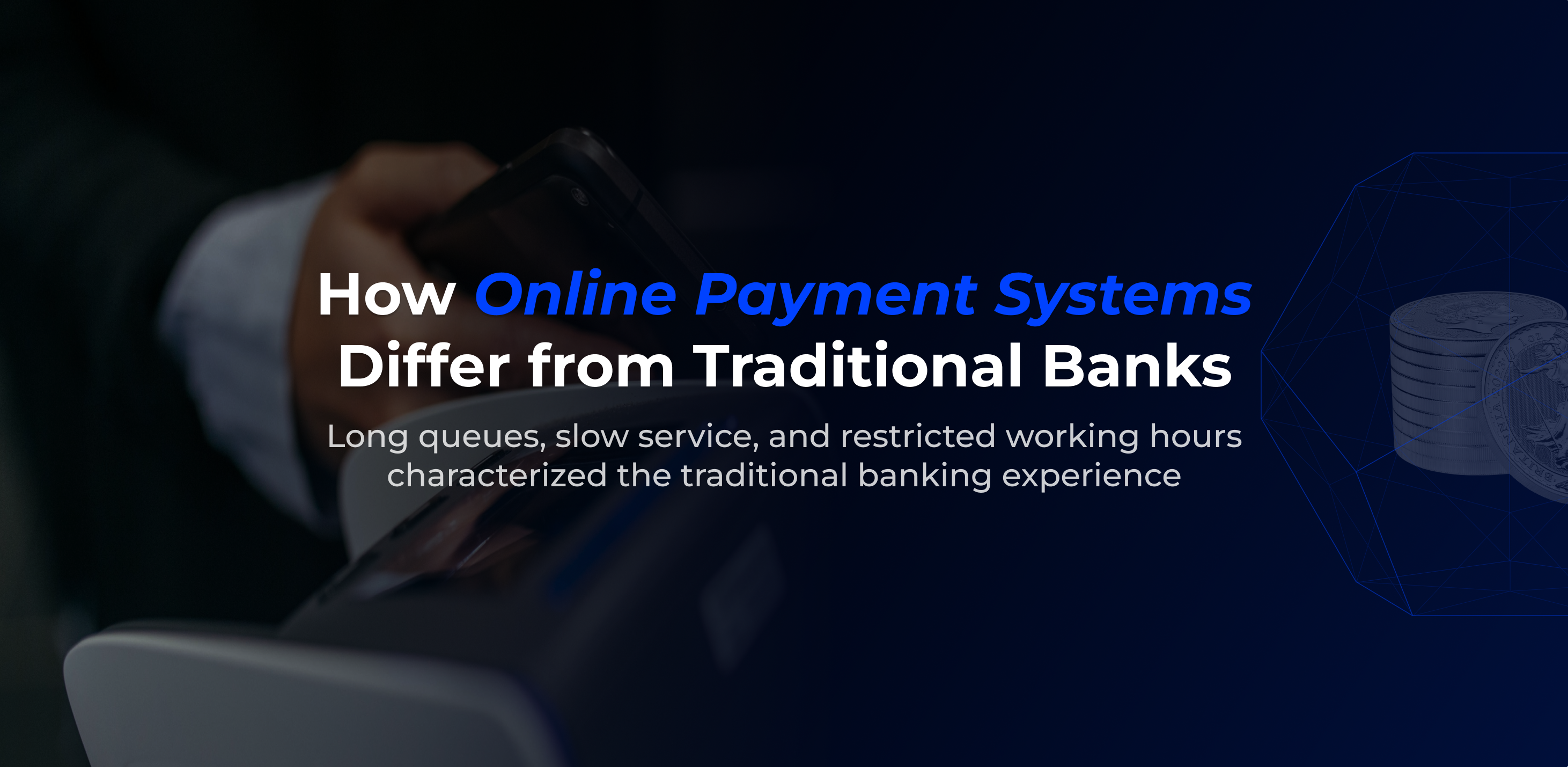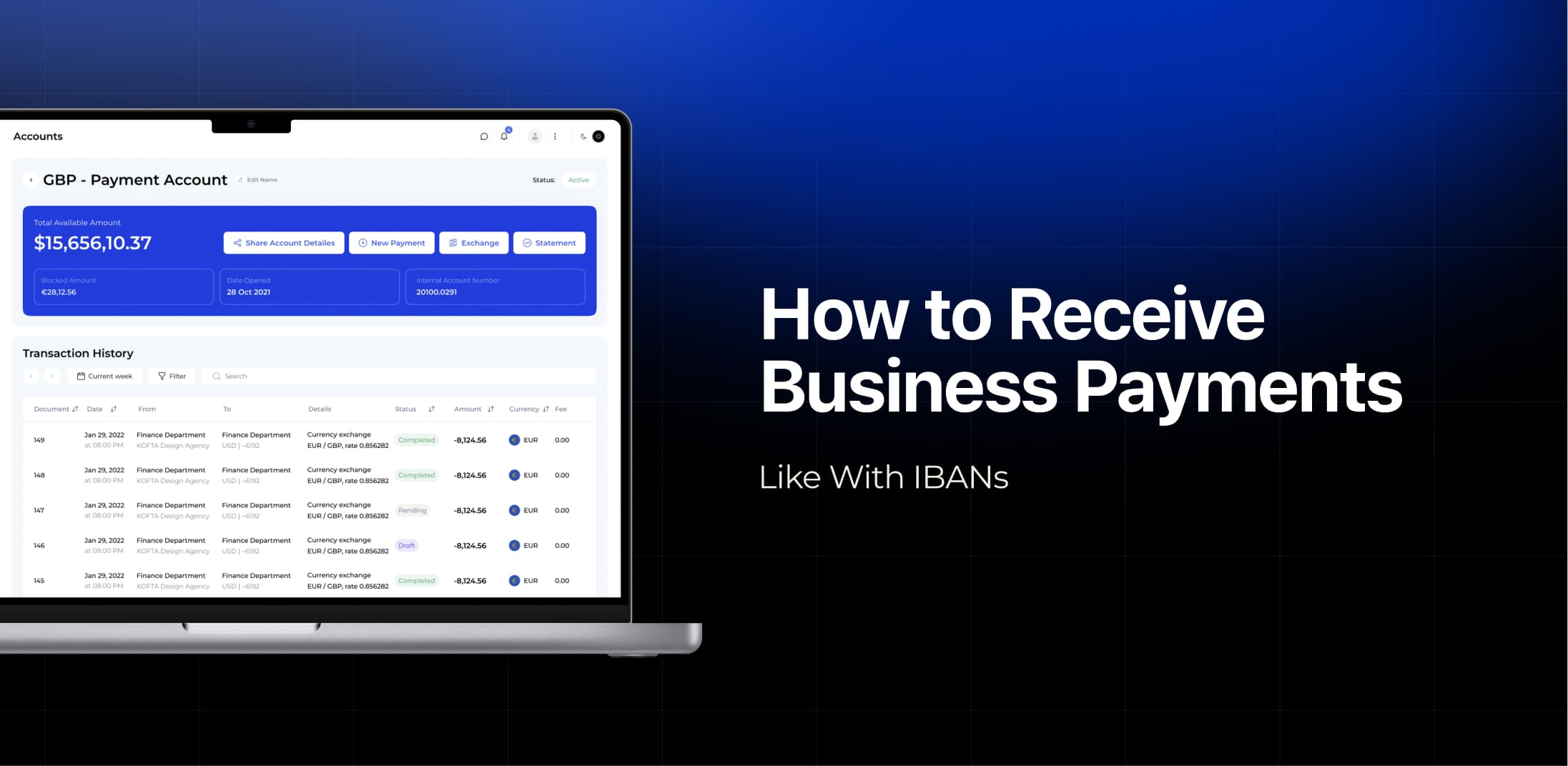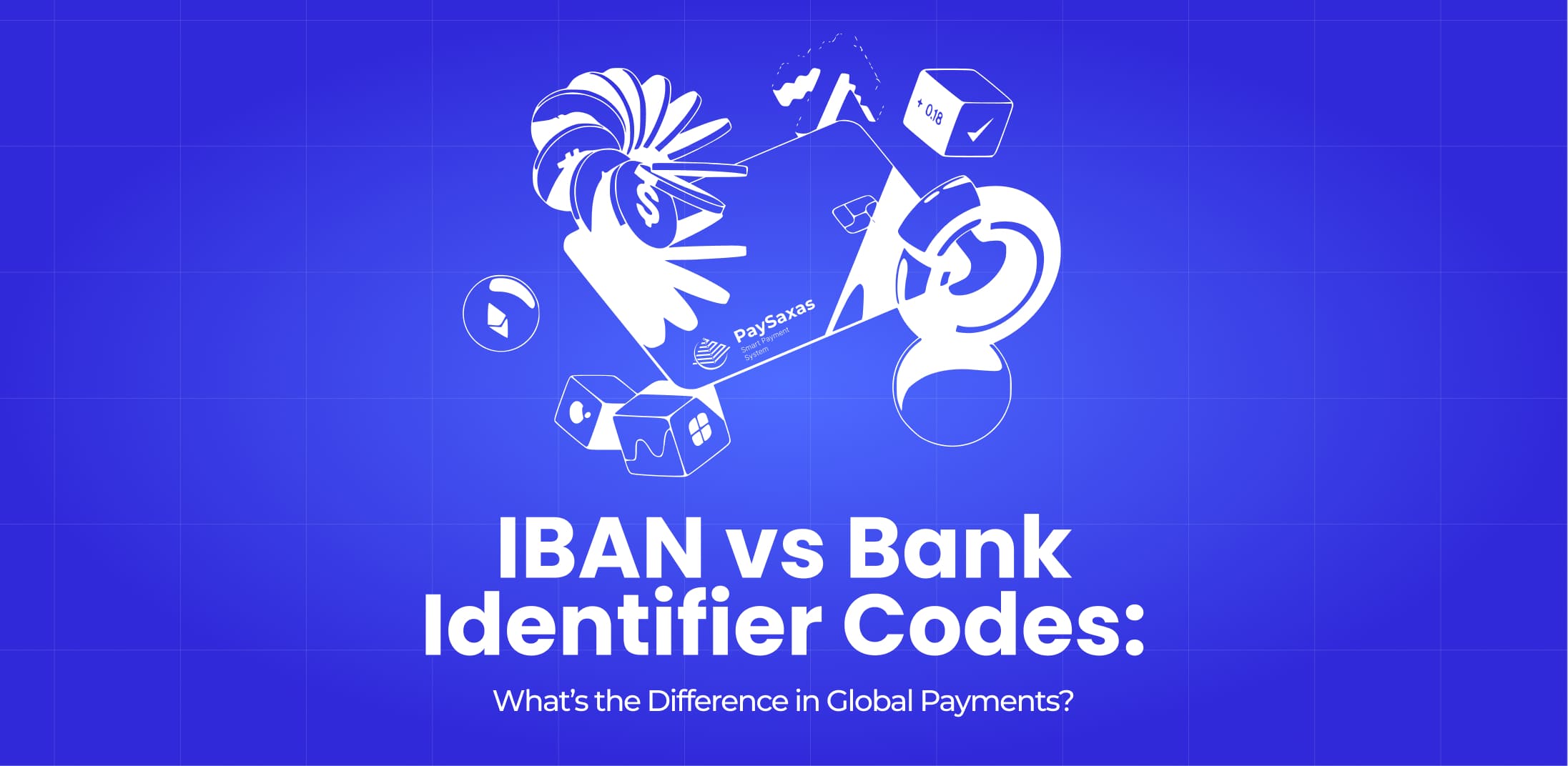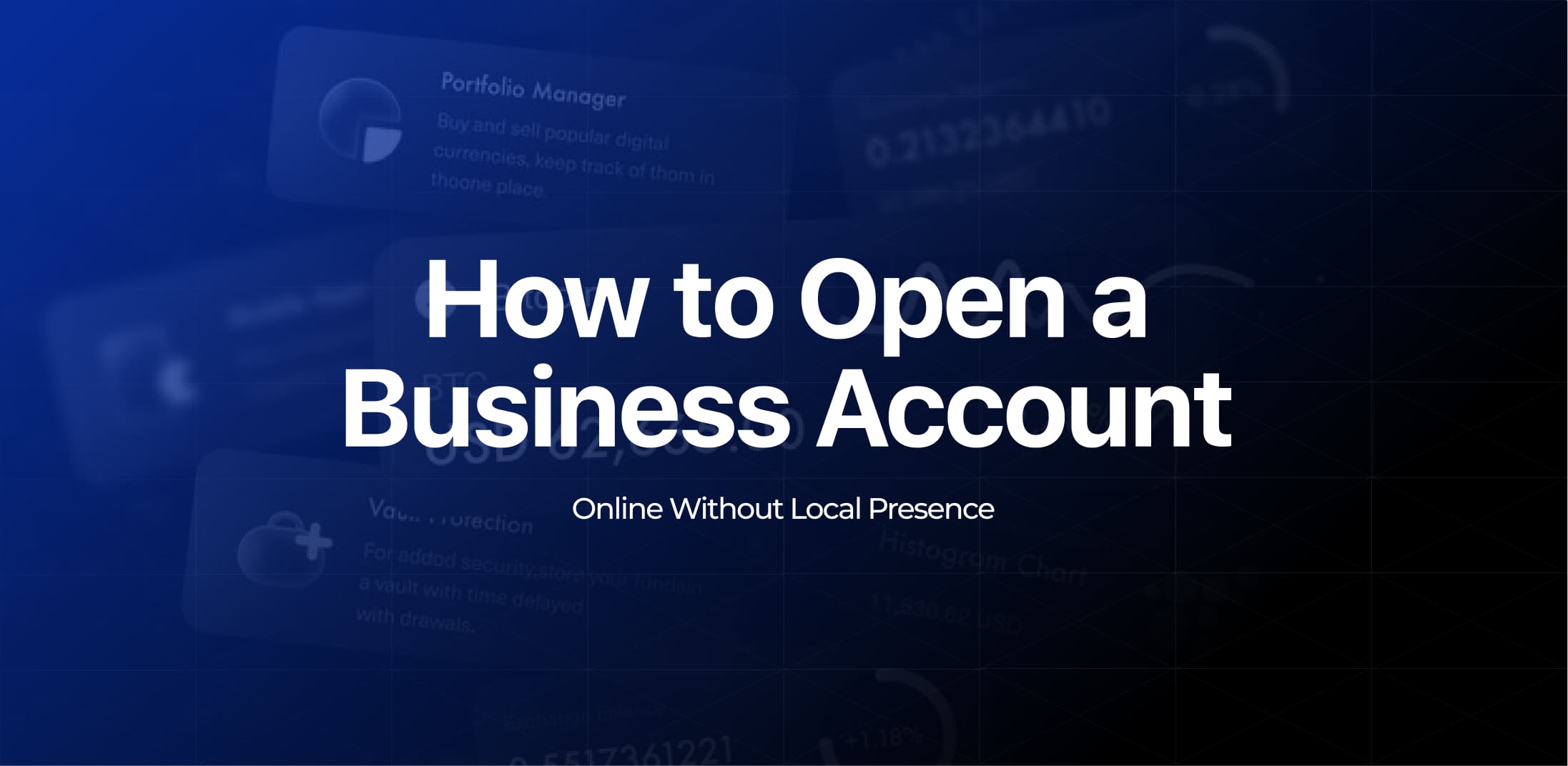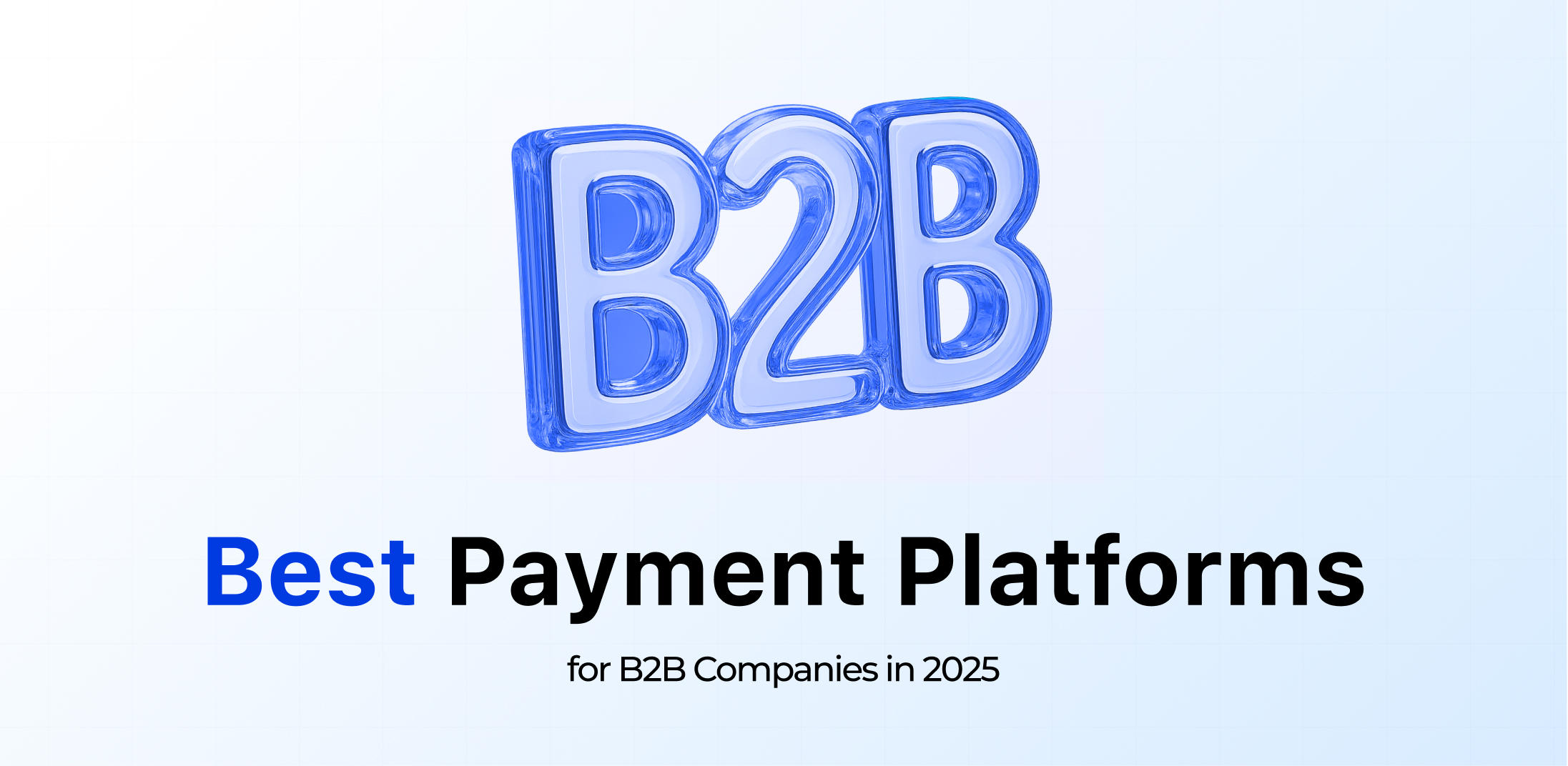Digital financial solutions are steadily challenging traditional banking systems, a transformation partly fueled by the growing preference for online banking; about 78% of American adults. Although brick-and-mortar banks still have their patrons, the flexibility, accessibility, speed, and innovative features of online banking platforms are irresistibly appealing.
Comparing Digital Payment Platforms and Traditional Banking
Conventional banks are known for long queues, strict hours, and higher fees necessitated by overhead costs. On the other hand, digital payment platforms provide 24/7 service, lower costs, fast transactions, technological advancement, and worldwide availability.
| Traditional Banks | Digital Payment Platforms | |
| Accessibility | Limited hours | 24/7 |
| Service Cost | Higher fees due to overhead costs | Lower fees |
| Transaction Speed | Slower due to protocols | Faster transactions |
| Technological Advancement | Slower to implement innovations | More technologically advanced |
| Geographic Reach | Limited by physical presence | No geographic limitations |
| Cryptocurrency Support | Generally, no | Yes |
| Industry-Specific Solutions | Not typically available | Available |
| Regulatory Adaptability | Slower to adapt | More responsive to new regulations and technologies |
| Role in Industry | Mostly conservative and systemic | Stimulate reforms and innovations |
| Currency Range | Limited range | Wide range of currencies for exchange |
| Onboarding Process | Slower process | Faster onboarding and account opening |
Overcoming Limitations with Accessibility and Convenience
Long queues, slow service, and restricted working hours characterized the traditional banking experience. The advent of online payment platforms revolutionized this by providing around-the-clock access to funds, a pioneering shift in the financial sector. The ability to perform transactions, check balance, or pay bills with a few clicks eliminates the need for physical presence, a convenience that was particularly beneficial during pandemic-induced restrictions.
The New Era of Cost-Efficiency
Traditional banking is less cost-efficient due to the costs associated with maintaining physical branches—rent, utilities, employees’ salaries, and more. These overhead costs translate to higher customer fees. Conversely, online banking platforms, operating without physical branches, offer lower customer fees. This cost-effectiveness is an enticing feature for financially prudent individuals and businesses.
Speedy Transactions and the Digital Advantage
The global pace is increasing, necessitating that banking keeps up. Traditional banks, hampered by numerous protocols and infrastructures, are slower in processing transactions compared to their digital counterparts. The automated processes of online platforms facilitate quicker transactions, a feature that aligns with the increasing demand for instant services.
Harnessing the Power of Innovation and Flexibility
A significant advantage of online banking platforms is their agility. They promptly incorporate innovative features, adopt cutting-edge technology, and stay responsive to customer feedback and expectations. This flexibility makes them more appealing to tech-savvy customers and businesses compared to the slower and less agile traditional banking systems.
Embracing Cryptocurrency and Geographic Versatility
Digital payment platforms have extended their services to cryptocurrency, presenting a more inclusive financial solution. These platforms also offer solutions tailored to specific industries and operate without geographic restrictions, capable of covering multiple countries.
Stimulating Industry Reforms and Offering Diverse Currency Exchange
Digital payment platforms lead the way in adopting new regulations and technologies, stimulating industry-wide reforms and innovation. They also provide a wider range of currencies for exchange, a feature that traditional banks often lack.
Streamlining the Onboarding Process and Keeping Money Separate
The onboarding process and account opening is significantly faster with digital payment platforms. Moreover, they keep client funds and operational money separate, reducing the risk associated with traditional banking, such as credit risks.
Conclusion
Online banking is not just disrupting the financial sector but also introducing numerous benefits: constant accessibility, rapid transactions, lower fees, inclusive financial services, and a highly innovative and flexible approach. As this shift progresses, we can anticipate a more economically stable future, where traditional systems are gradually replaced by more agile and customer-centric solutions.
As these differences become more pronounced, they will transform how we manage our finances, forever altering our perceptions of banking.


